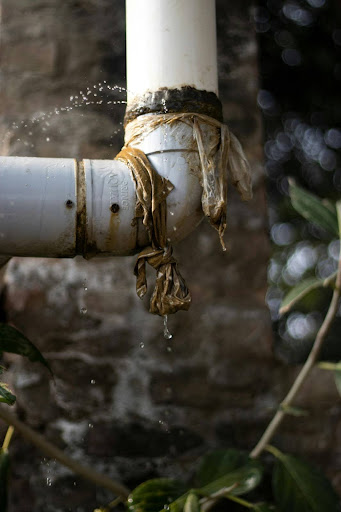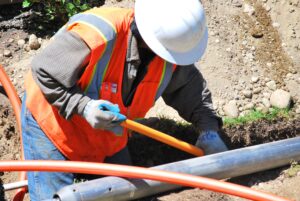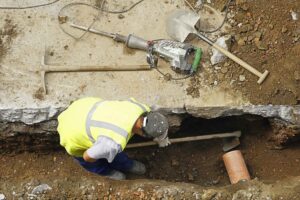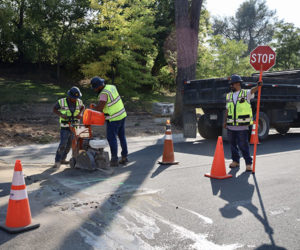Early Water Line Leak Detection
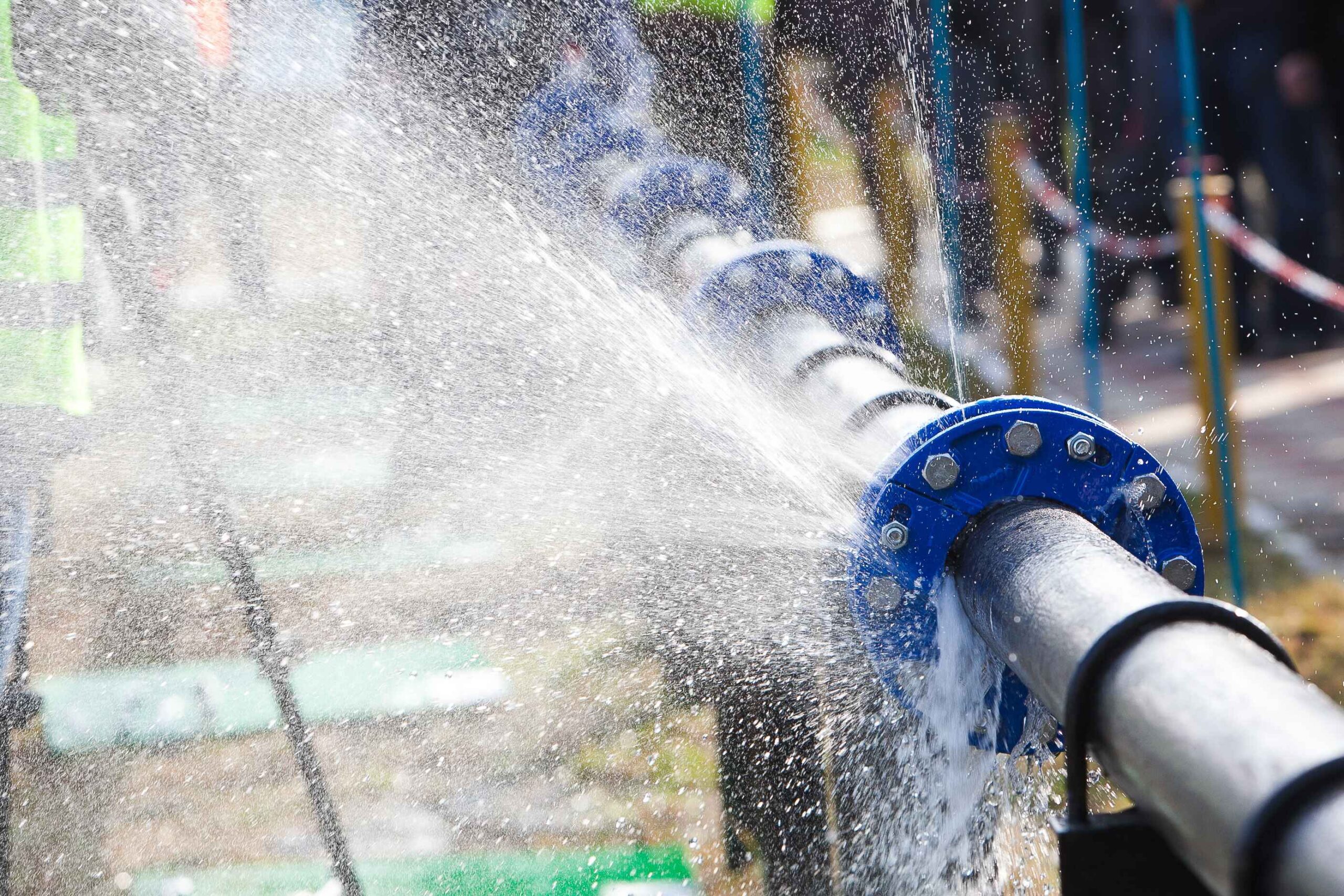 Before diving into the detection methods, let’s understand the signs that could indicate a problem to completely cover your home.
Before diving into the detection methods, let’s understand the signs that could indicate a problem to completely cover your home.
- High Water Bills: An unexpected spike in your water bill could be an indication of a spill. Even if your water usage habits haven’t changed, a substantial increase in utility charges might reveal that water is escaping from the tubes undetected. Compare your current charges to previous months to recognize discrepancies.
- Mold and Mildew Growth: Unusual dampness or mold patches can result from a main water line leak. Mold thrives in damp environments, and a persistent water source creates an ideal breeding ground. If you notice a musty smell or see dark stains growing, it could detail a water leak behind partitions or beneath the grounds.
- Low Water Pressure: If the water flow from taps or showers is lower than usual, it might indicate that the water isn’t reaching its intended destination because of a loss somewhere in the pipelines.
- Water Stains or Wet Marks: Discoloration on ceilings is a telltale sign of a leaking pipe. It might also appear on the ground, especially near plumbing repairs. In the first stages, these might appear as faint yellowish-brown stains, but over time, they can cause significant structural damage.
Techniques to Detect Unseen Water Infiltration
Detecting water line leakages requires a mix of observation and testing. Here are some procedures you can use to determine and confirm a leak is coming.Monitor Your Water Meter:
- Turn off all water-using appliances and taps.
- Locate your water meter (typically near the curb or in a basement).
- Note the current meter reading and wait for at least two hours without using any water.
- Check the meter reading again. If the reading has changed, there’s likely a seeping pipe.
Dye Test for Toilets: Toilets are notorious for seeping silently. To check for seeps:
- Add a few drops of food coloring into the toilet tank.
- Wait for 15 to 20 minutes without flushing.
- If the water in the bowl has changed shade, that is due to leakages.
Visual Monitoring
Conduct a clean and thorough study of visible tubes, and connections for signals of rust, corrosion, or wear. Look for drips of water, condensation on pipelines, or damp locations around the fittings.Listen for Dripping or Rushing Water
Sometimes, leaking pipes are identifiable by noise alone. In a quiet environment, be all ears to faucets or walls for any rushing water. This method can be particularly useful for behind-the-wall flows.Advanced Leak Detection Tools and Techniques
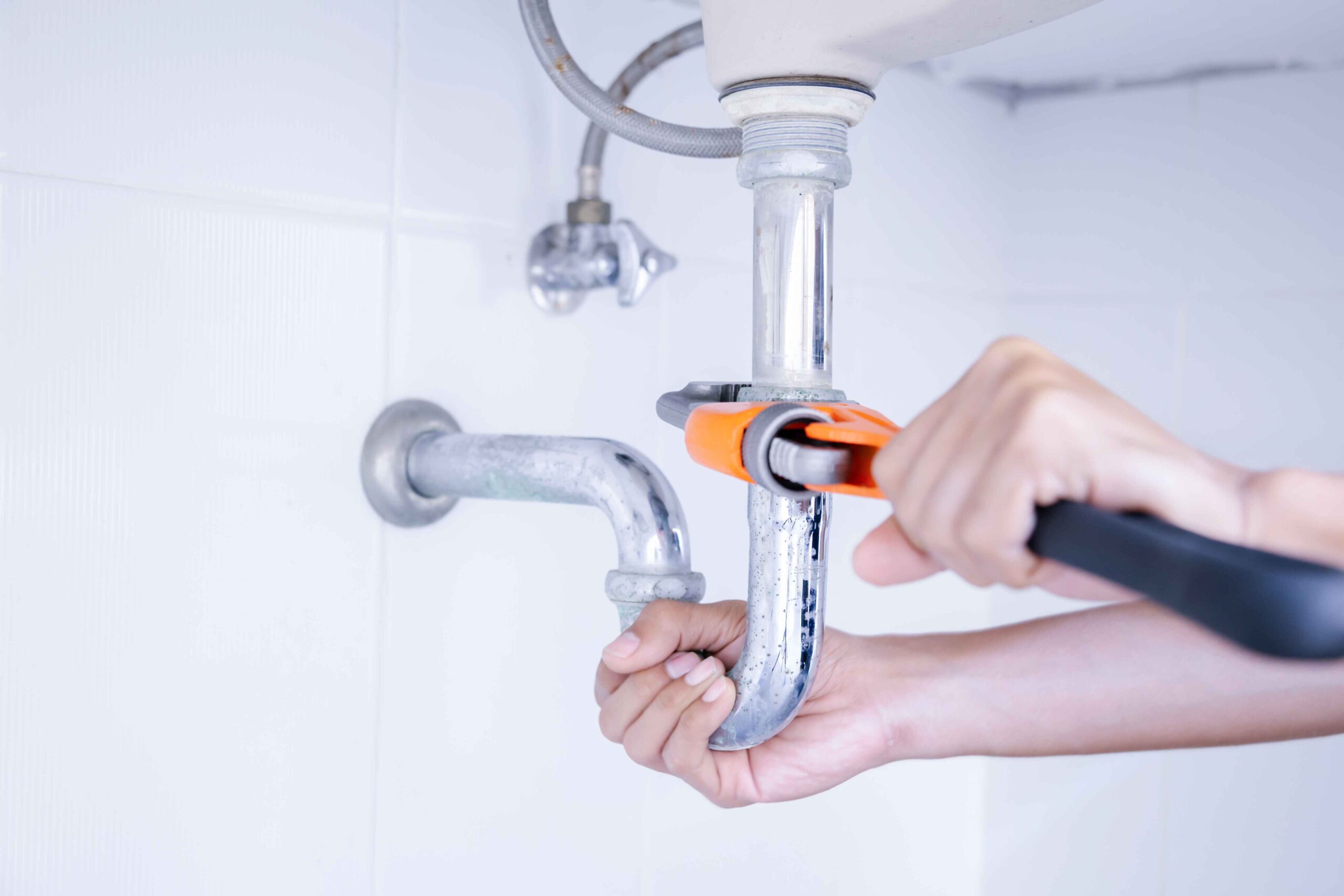 In cases where outflows are not instantly visible or audible, advanced technology in water leak detection can help pinpoint their location.
In cases where outflows are not instantly visible or audible, advanced technology in water leak detection can help pinpoint their location.
- Infrared Camera Inspection: Thermal imaging can reveal temperature differences on partitions or floors. Cold spots indicate where water has escaped and affected the surrounding areas. Professionals often use infrared cameras to discover these anomalies quickly.
- Moisture Meters: Specialized meters measure the water content in building materials like wood or drywall. If an area is damper than it should be, it could indicate a nearby seepage.
- Acoustic Detectors: These specialized listening devices can indicate the sound of leaking water, even underground. Plumbing professionals often use them to find a seep based on the noise generated by water escaping.
Professional Help
Sometimes, fixing a leaking pipe requires a professional plumber due to its severity or location. The issue may occur in a place where the valve or seal needs to be replaced, or the size of the predicament might be too large to handle alone. Additionally, leaks under sinks or in the bathroom often require special materials and tools. Scheduling an appointment with a professional ensures that the it is properly addressed and that your sanitation system remains clean and functional.When to Call a Plumbing Expert
While DIY procedures can fix hot water leaks in your main water line, from minor to more severe cases necessitate skilled help. If it is resulting structural damage, involves underground pipes, or has affected your electrical system, contact a licensed plumbing professional immediately for leak repairs.Finding a Reliable Professional: Choosing the right plumbing professional can be challenging, but you can follow a few steps:
- Look for authorized, insured, and experienced professionals.
- Read reviews and ask for referrals from friends or neighbors.
- Request detailed quotes and compare pricing.
- Ensure they specialize in leak detection and repair.
Preventive Measures
Preventing a main water line crack is better than curing them. Here are a few to consider.Routine Sanitary Inspections
Scheduling regular checkups can help to fix a leaky pipe and catch issues. It can describe a worn-out fitting, corroding, or other vulnerabilities that could lead to a pipe leak.Proper Insulation
Pipes that are exposed to frozen conditions are prone to bursting, leading to a pipe leak and water damage. Insulate pipes in unheated spaces like attics, basements, or exterior barriers to protect them.Water Pressure Regulation
High-pressure water can strain draintubes and grow the likelihood of a pipe leak. Set up a regulator to sustain a safe level throughout your plumbing system.Summary
Finding and addressing a smaller leak in the main water line is crucial for minimizing damage and reducing costs. By being aware of the indications and using appropriate detection techniques, you can save yourself from the headaches of major repairs and skyrocketing charges. Additionally, seeking help from a professional plumber to fix a leaking pipe and implementing preventive actions can keep your water pipes in good health, protecting your home and wallet in the long run. Inspect your kitchen and bathroom valves regularly as part of your maintenance routine to avoid emergency issues. It’s common for homeowners to overlook small leaks, but addressing them promptly is the best way to ensure your house is kept in good condition.
Having a complete guide to shut off the water supply and turn off a running sink, shower, and other fixtures can be very useful. A plumber can offer valuable advice on the best materials to use and may appoint a team to handle larger repairs. When you’re dealing with a problem, request an examination to ensure everything is working correctly. Properly sealing valves and keeping your house’s plumbing system clean will avert issues and maintain the integrity of your home.
For example, if you find a leak in your black pipe water line, using a black pipe water line repair coupling can be an effective solution. If the leak is in a PEX system, a PEX water line repair SharkBite coupling can provide a quick fix. For inside home water line repair, consider the layout of your plumbing system, while underground galvanized water line repair may require specialized equipment. If you’re looking for a water line repair company, make sure to choose one with a good reputation. For black plastic water line repair, outdoor water line repair, or outside water line repair near me, local professionals can assist you. Depending on the severity of the leak, you might need water line repair clamps or epoxy to seal the issue. Always be mindful of the main water line leak repair cost, as the cost to repair main water line leak can vary. Understanding the cost to fix main water line leak can help you budget accordingly. If you’re unsure how to fix a main water line leak or how to repair a main water line leak, consulting a professional is advisable.
Be aware of main water line leak symptoms, as they can indicate a more serious issue. If you find yourself asking, “How much does it cost to repair a main water line leak?” or “What to do when a main water line leaks?” it’s best to seek expert advice. Additionally, if you have a swimming pool plumbing system design, ensure it is properly integrated with your home’s water lines. Knowing kitchen sink water supply line sizes and the types of toilet water supply lines can also aid in preventative maintenance.
Don’t Let Hiding Leakage Drain Your Wallet!
Need Skillfull Plumbers? Water leaking can lead to significant damage and unexpected costs. Trust Sewer Expert’s team to find, and fix leak or replace them efficiently, and restrain costly repairs down the road. Schedule your comprehensive inspection today, and hire a plumber to safeguard your home against water damage.FAQ: Identifying a Break in the Primary Water Pipes
-
What are some signs that I might have a water leak?
- Unexpectedly large water bill despite consistent usage.
- Mold or mildew growth due to excessive dampness.
- Reduced water force in a faucet or shower.
- Water stain on wall, ceiling, and floor.
-
How can I check if my toilet is draining by myself?
- Put a few drops of coloring into the toilet tank.
- Wait 15-20 mins. without flushing.
- If the pottery water changes color, your toilet is loosing water.
-
What tools or methods can I use to distinguish a leak myself?
- Watch your water meter: Check if it shows water usage even when all taps are off.
- Pay attention carefully to the noise of water drips or rushing.
- Perform a visual investigation of visible lines and fixtures for signs of wear, rust, or condensation.
-
When should I call a waterworks professional?
- The spill is causing structural damage to your home.
- It involves underground tubes behind partitions.
- Water is leaking near or into the electrical wirings.
- DIY procedures cannot recognize or fix the problem.
-
How can I prevent future predicaments in my home?
- Schedule standard plumbing examinations and address issues.
- Insulate lines exposed to freezing temperatures, such as those in attics or bases.
- Set up a pressure regulator to stop great water urge from staining.

